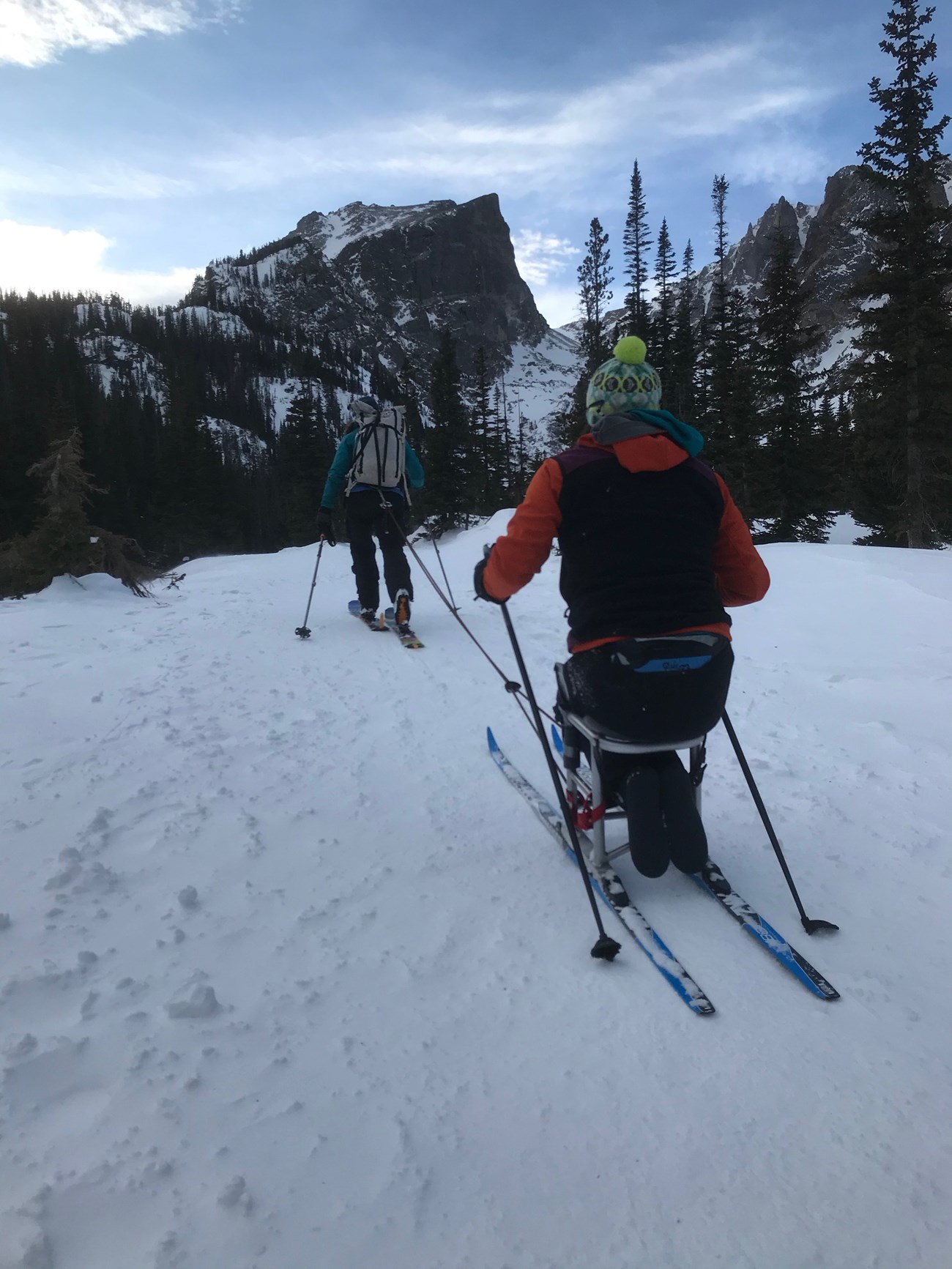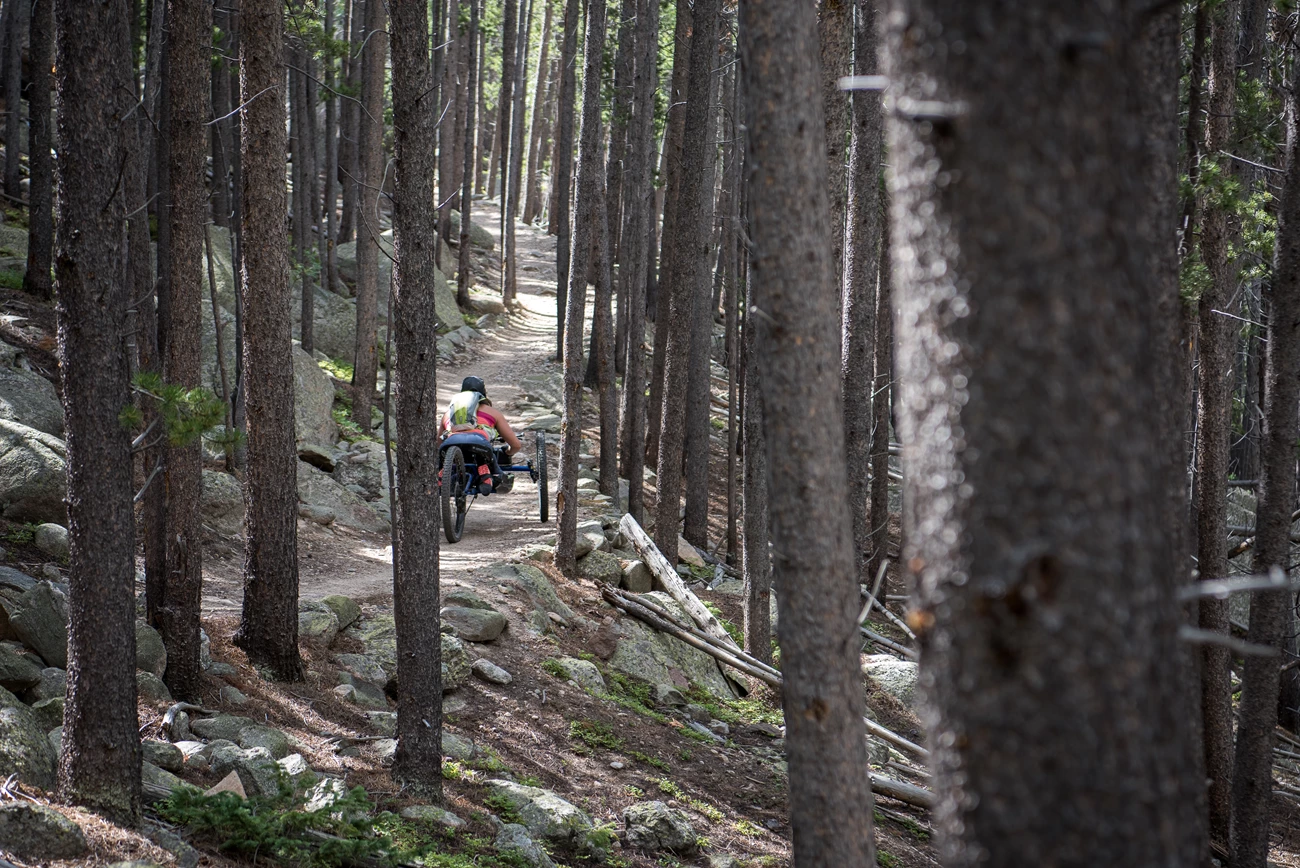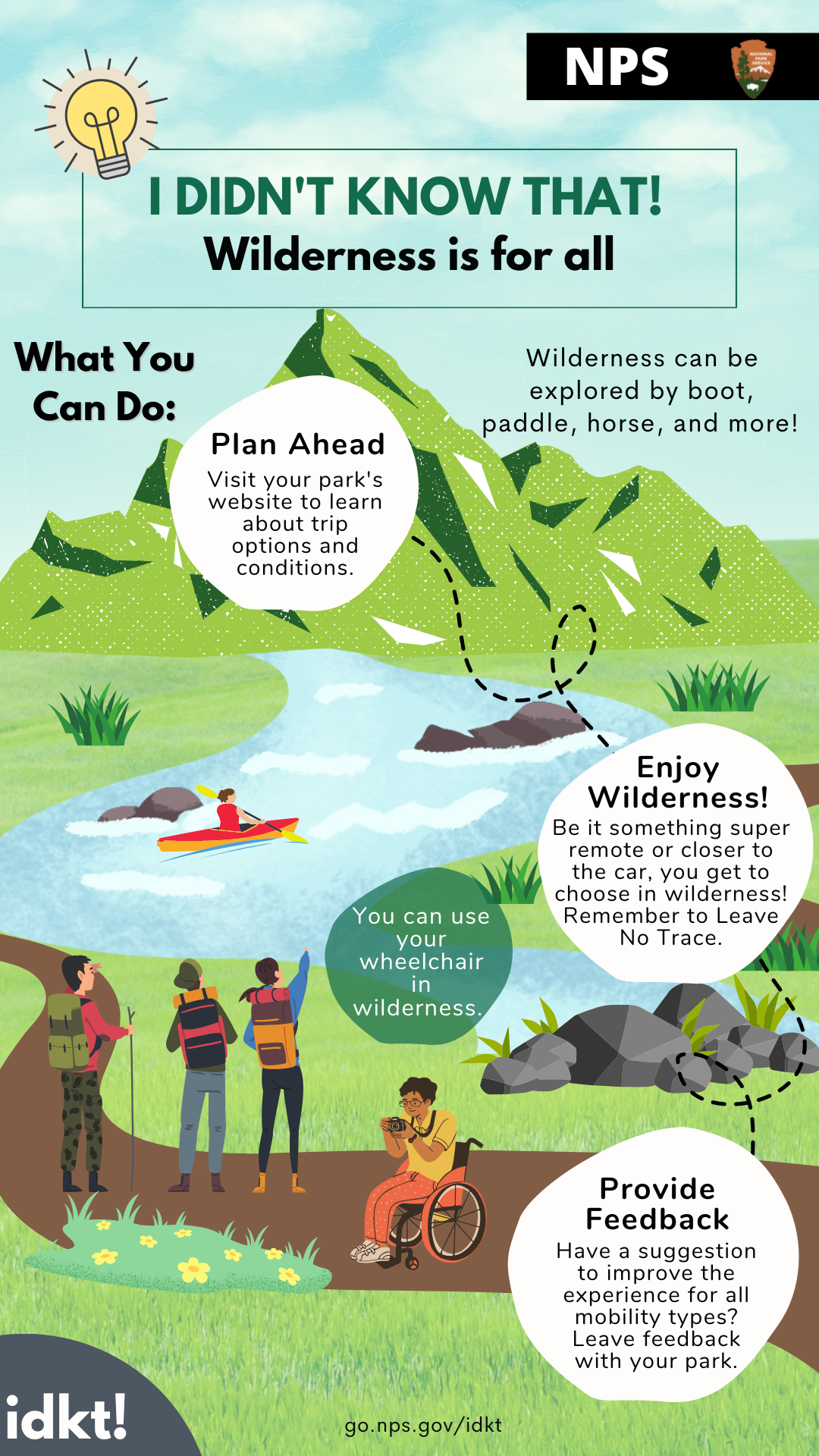Last updated: December 23, 2024
Article
I Didn't Know That!: Wilderness is for All

I have a physical mobility disability - can I experience NPS wilderness?
Yes! Federal wilderness areas, like those found in national park units, offer experiences for all types of abilities. From trails to canoeable rivers, a wild experience is awaiting you!

NPS / Quinn Brett
Know Before You Go
The National Wilderness Preservation System (NWPS) was created through the Wilderness Act. This system provides the highest level of federal protection for some of our most iconic, wild landscapes through wilderness designation - which can only be made through an act of Congress. The NWPS now protects over 111 million acres of federal public land, managed by the National Park Service (NPS), Bureau of Land Management, US Fish and Wildlife Service, and US Forest Service.
Over 80 percent of all NPS lands are managed as wilderness by either law or NPS policy. From Alaska to Florida, visitors can experience NPS wilderness in ways that complement their interests and mobility needs. This includes the use of wheelchairs and other manually-powered mobility aids, like walkers, crutches, canes, braces and other similar devices designed for use by individuals with mobility disabilities, as defined in the Americans with Disabilities Act (Section 12207(c)(2)). Service animals are also allowed in wilderness areas.
What You Can Do
A little bit of research in advance of your trip will help improve your wilderness experience! Things like trail dimensions and terrain can vary from trail to trail or park to park – visit the park website to find out if these trail details are available or if a trail is currently closed. Not finding what you’re looking for? Call or email the park and ask a ranger!
Upon completion of your trip, consider providing the park with feedback on your wilderness area mobility experience. Did you have enough information to feel prepared? Did you feel like you had options to choose from that suited your mobility needs? Look for comment boxes at trailheads and visitor centers or send a follow-up email to the park when you get home. This feedback helps parks understand the needs and interests of their wilderness visitors and can help influence future changes.

NPS / Quinn Brett

Pass It On!
Did you learn something new? Pass it on! Having positive experiences in NPS wilderness areas is something we hope everyone can enjoy. That’s why sharing your knowledge and experience with others is so important! The next time you hear someone say they can’t go into wilderness because they have a physical disability, you can fill them in and assure them it’s ok to admit - “I didn’t know that!”
Download or screenshot this card to share with a friend or help you remember that wilderness is for “the permanent good of the whole people.”
Want to learn more about Wilderness in National Parks? Visit the Wilderness subject site.
Check out other I Didn't Know That! topics.
I Didn't Know That! Wilderness is for all
Wilderness can be explored by boot, paddle, horse, and more!
What You Can Do
- Plan ahead: Visit your park's website to learn about trip options and conditions.
- Enjoy wilderness!: Be it something super remote or closer to the car, you get to choose in wilderness! Remember to Leave No Trace.
- Provide feedback: Have a suggestion to improve the experience for all mobility types? Leave feedback with your park.
- You can use your wheelchair in wilderness.
go.nps.gov/idkt
